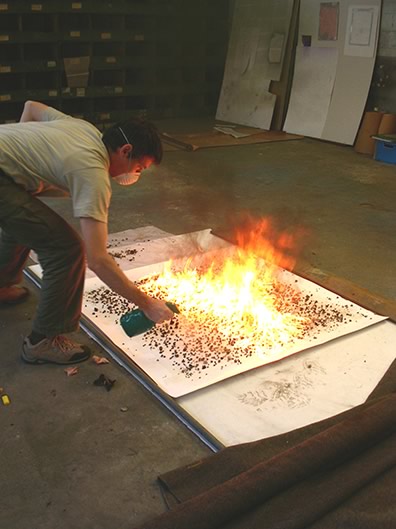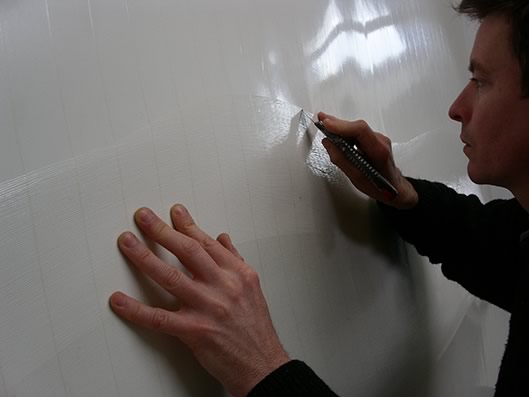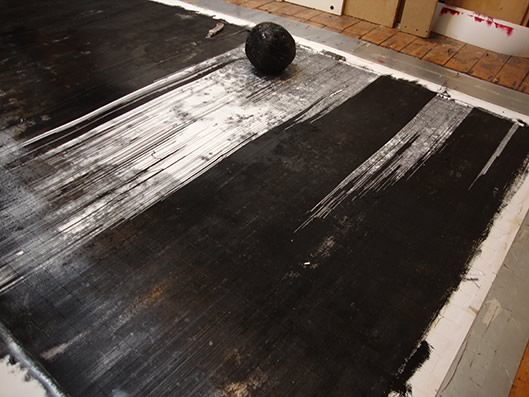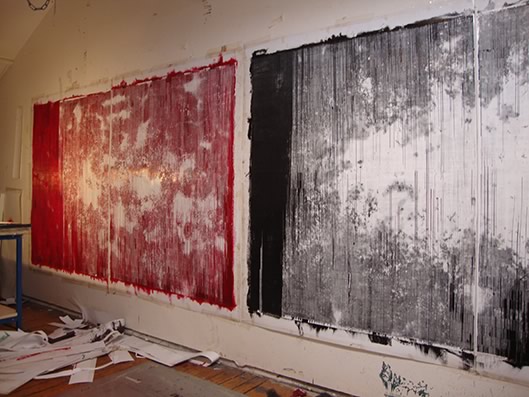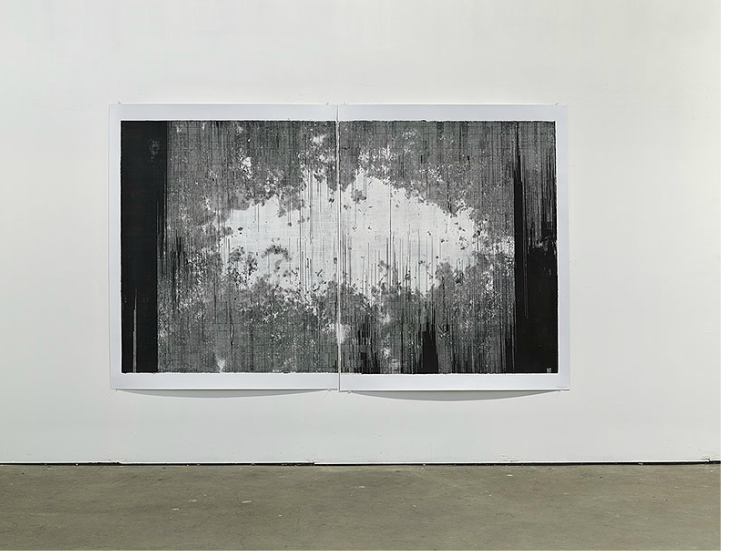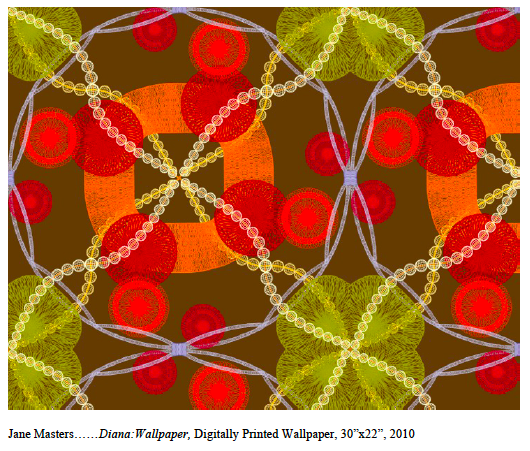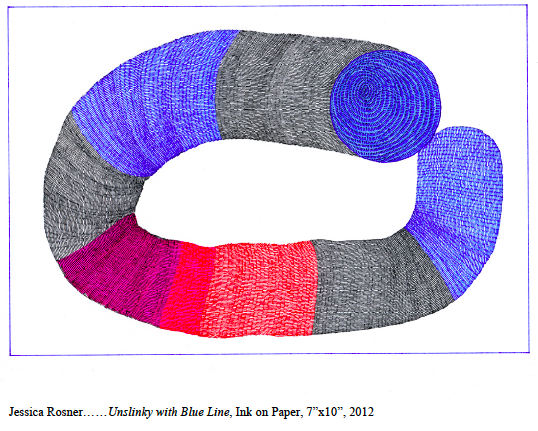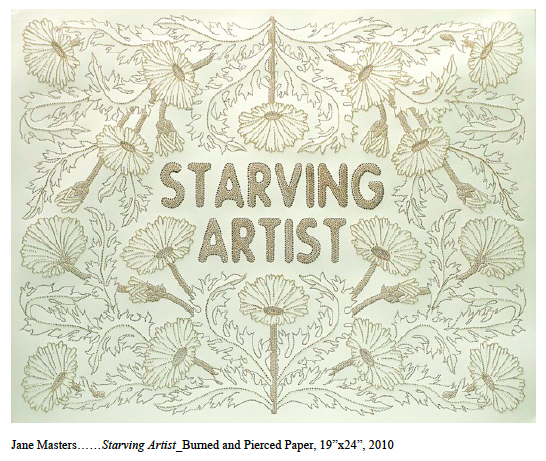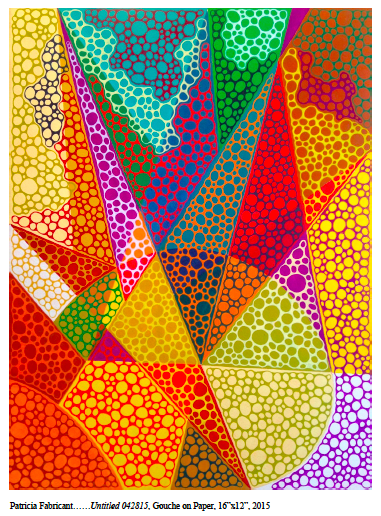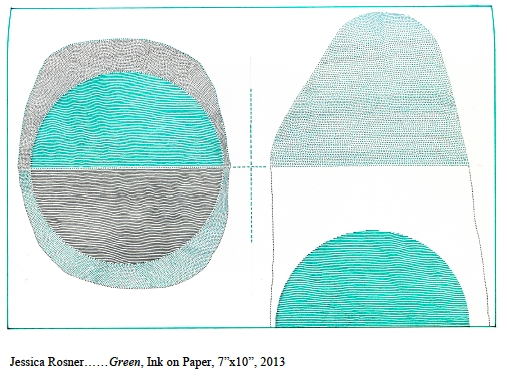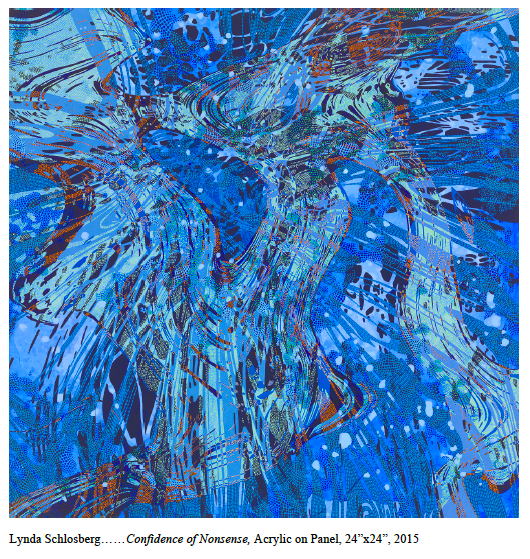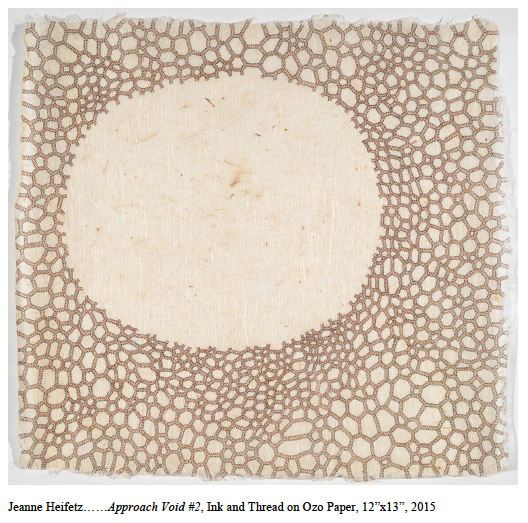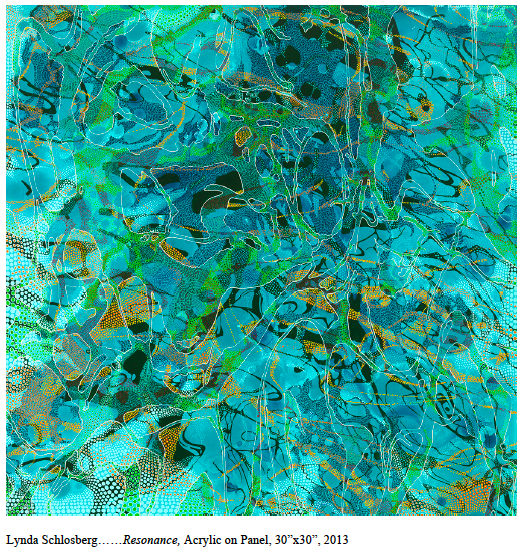Women of Abstract Expressionism @ Danver Museum. curated by Gwen Chanzit.
#WomenofAbEx
June 12, 2016 – September 25, 2016
The groundbreaking exhibition Women of Abstract Expressionism will celebrate the often unknown female artists of this mid-twentieth-century art movement. More than 50 major paintings will be on view by artists working on the East and West Coasts during the 1940s and '50s:
Mary Abbott, Jay DeFeo, Perle Fine, Helen Frankenthaler, Sonia Gechtoff, Judith Godwin, Grace Hartigan, Elaine de Kooning, Lee Krasner, Joan Mitchell, Deborah Remington, Ethel Schwabacher
This will be the first presentation of works by these artists together at one time.Women of Abstract Expressionism will focus on the expressive freedom of direct gesture and process at the core of abstract expressionism, while revealing inward reverie and painterly expression in these works by individuals responding to particular places, memories, and life experiences.An original video made for the exhibition will include accounts about exciting moments in these artists' lives, as well as issues affecting women during this time period. An illustrated catalog is available in The Shops at the Denver Art Museum.
The exhibition is organized by the Denver Art Museum and curated by Gwen Chanzit, the museum's curator of modern art. After the DAM, the exhibition will travel to the Mint Museum, Charlotte, in October 2016 and the Palm Springs Art Museum in February 2017.
















